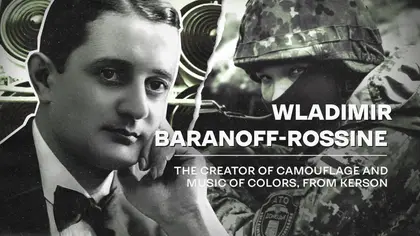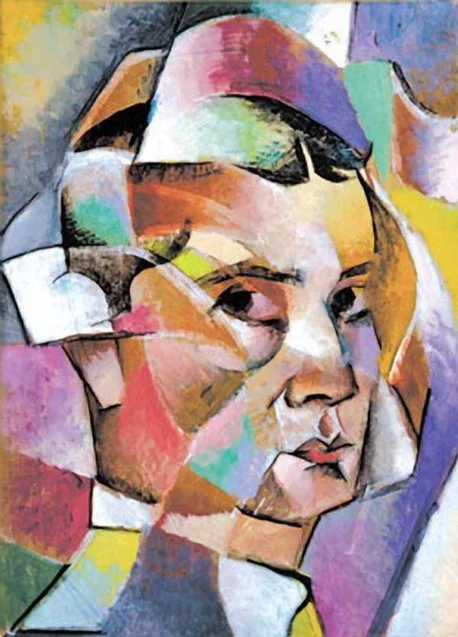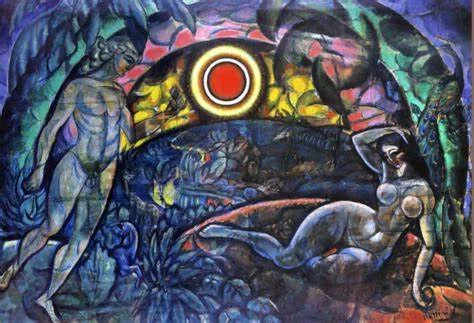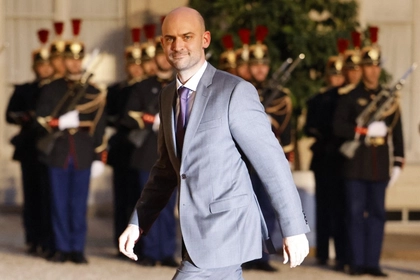WLADIMIR DAVIDOVICH BARANOFF-ROSSINE was a sculptor, artist, designer, inventor, organizer of the world’s fi rst optophonic concert and author of the world’s fi rst cubist sculpture that was exhibited at the New York Museum of Contemporary Art in the same room as Picasso’s works. It was thanks to him that the term “music of color” and modern military camoufl age came into being.
Wladimir Baranov-Rossinet "Self-Portrait".
A UKRAINIAN PABLO PICASSO
When in 1925 Baranoff-Rossine (born in Kherson region) emigrated to Paris, then the center of the art world, he was already a well-known artist in the USSR. In the French capital he settled in the famous La Ruche (literally the beehive) international colony of artists. Even among the non-standard Modigliani, Arkhipenko, and Chagall he stood out with his creative radicalism, defying tradition – “do not imitate nature.” This is why art historians sometimes call Baranoff-Rossine “the Ukrainian Pablo Picasso”. The artist went along a long and tortuous path through impressionism, cubism, cubo-futurism, surrealism, and abstract art. He passionately defended the objectless composition: a combination of different geometric shapes, color planes, and straight and broken lines.
It was Baranoff-Rossine who created the world’s first graphic image in the newly invented style: the Cubist Nude. He was an avant-garde artist in all fields of art and created his own rules: Painting? Away with the classics. The only real talent created things that “do not look like what exists”. Sculpture? Long live biomorphic structures, – combinations of different materials! Music? It must be colored, especially because there are seven notes and seven primary colors.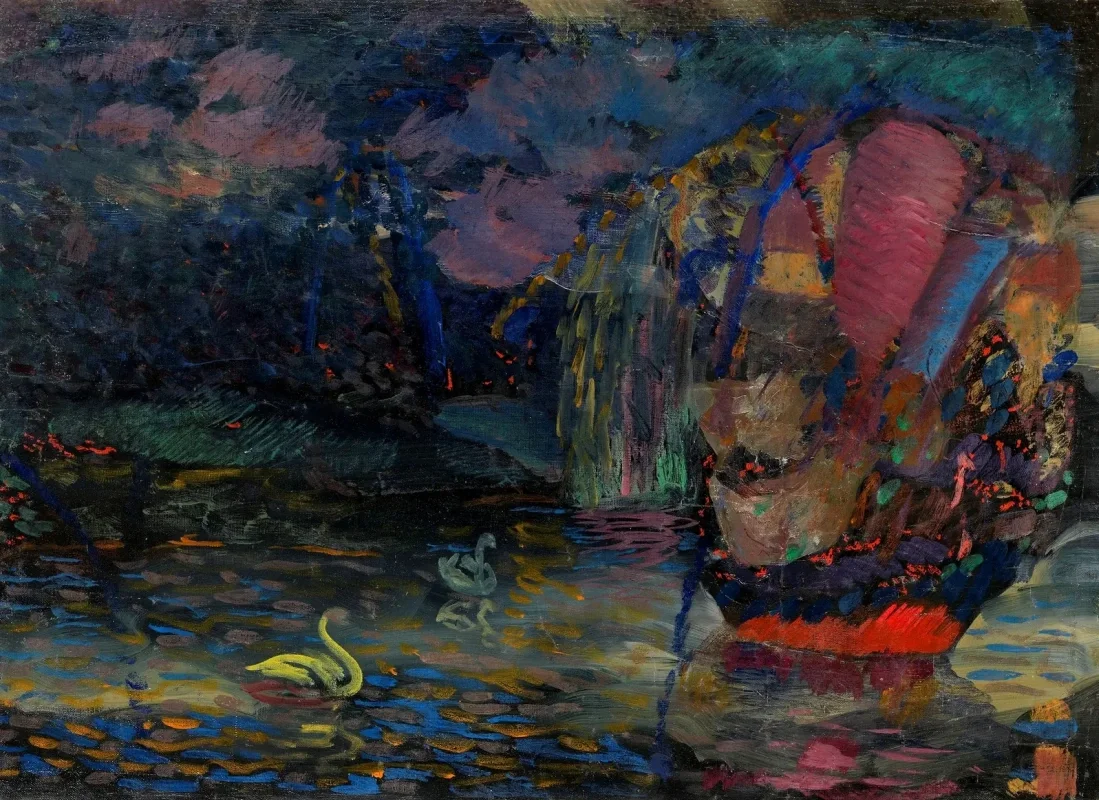
The fairy of the lake. Vladimir Baranov-Rossinet, 1910
FROM THE OPTOPHONIC PIANO TO “CHAMELEON”
Then, there was his techniques: Baranoff-Rossine patented an opto-phonic (color-musical) piano (called an optophone), a device with a key system that allows the projection of more than three thousand shades of color on a screen (the original one is at the Paris Georges Pompidou National Art and Cultural Center); and then he organized the world’s first “colored” music concert.
But the boundaries of high art were too tight for Baranoff-Rossine, and he became an inventor. For example, Wladimir created a “chromophotometer”, a device to determine the quality and purity of precious stones. He also invented the “multiperco”, a device for the production, sterilization, and dispensing of carbonated liquids, in fact – the prototype of the automatic soda machine.
And, perhaps, the most famous invention of the Ukrainian is the so-called chameleon method for disguising troops. It became the basis of “colorful camouflage”, a special kind of pattern that is still used by almost every army in the world.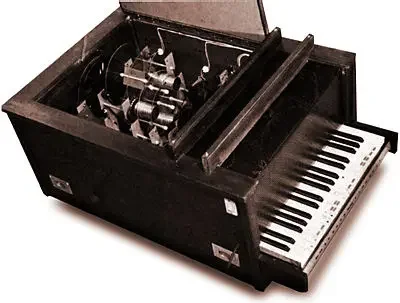
Optophonic piano. Pompidou Museum in Paris.
SPOTS OF COLOR FOR “DYNAMIC CAMOUFLAGE”
In fact, the prototype of modern camouflage appeared at the end of the 19th century, when the British first used the masking properties of khaki colors during combat in India and Africa. Subsequently, uniforms were designed for specific kinds of situations, like “winter” and “dazzle”. It seemed that there were no more options left for military mimicry, but the indomitable Baranoff-Rossine refuted this verdict brilliantly by inventing “dynamic camouflage” in 1939.
The main idea of this dynamic camouflage is that the different sizes of the elongated, winding color spots on a camouflage pattern (which resembled the paintings of the Ukrainian-born artist, by the way) made it possible to “disguise” any object for the enemy’s eyes. The inventor, realizing the importance of the result during this period of history (World War II was brewing), turned to the heads of the French “Renault” company, and later the Pentagon with a proposal to launch the mass production of camouflage.
However, he got a pretty cold welcome. What is strange is that in a short while dynamic camouflage appeared in the armies of most states, but the invention was credited to another author: the Frenchman Georges Braque, one of the founders of Cubism, who first patented the idea. According to one theory, Braque received the dynamic camouflage sketches from Renault and somewhat refined them. The Ukrainian Baranoff-Rossine was left with nothing.
Vladimir Baranov-Rossinet's Adam and Eve, 1912.
INTERESTING FACTS
- He was born under the name Shulim Wolf Leib Baranov. After moving to Paris, he adopted the name Daniel Rossine, and in 1917 changed it to Wladimir Baranoff-Rossine.
- While studying at an art school, the future Parisian got a constant “C” grade in French.
- In 1913 Baranoff-Rossine presented the sculpture “Rhytm” at the Salon des Indépendants (Society of Independent Artists in Paris). It was made of wood, cardboard and eggshell.
- Baranoff-Rossine was not mentioned in any edition of the “Great Soviet Encyclopedia”, as well as in the sixvolume “Artists of the Peoples of the USSR”.
- Baranoff-Rossine is the creator of graphic portraits of the composers Scriabin and Rachmaninoff, decorated with autographs.
![[VIDEOS] North Korean Troops in Russia Confirmed](https://static.kyivpost.com/storage/2024/10/19/a6f6a4c5d74d066019e5812a20c6514f.png?w=420&q=75&f=webp)
[VIDEOS] North Korean Troops in Russia Confirmed
- When Baranoff-Rossine’s sculpture “Symphony No.2” which was made of metal pipes, wires and springs, was criticized by critics as “radically incomprehensible,” the angry artist gathered his friends and solemnly cast it into the river Seine, where it still lies.
- He refused to leave Paris with the outbreak of World War II, saying to a friend: “I love Paris and I’m not afraid of anything.” Subsequently, the Gestapo arrested him and never released him.
- The world’s only Museum of the Music of Colors, which operated in Kazan (Russia), was closed in the early 1990s, as its premises were rented out to a banking institution.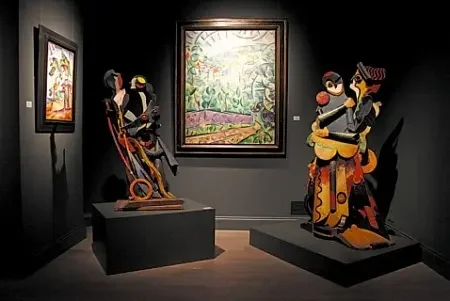
In October 2013, in London held a large-scale exhibition to celebrate the 125th anniversary of the artist's birth (the photo shows a view of one of the halls). Among the forty works on display were three of his five sculptures that have survived to this day: "Rhythm (1913), Dance (1914), and Polytechnic Sculpture (1915).
FROM THE DOSSIER OF WLADIMIR BARANOFF-ROSSINE
• Baranoff-Rossine was born on January 1, 1888 in the village of Velyka Lepetykha, in the Kherson region.
• He graduated from the Odesa Art school, studied at School of the Society for the Furthering of the Arts and at the Imperial Academy of Arts in St. Petersburg (where he was expelled for skipping classes).
• He emigrated to France. • He was a member of the Paris Intellectual Workers’ Organization and a founder of the Optophone Academy.
• Baranoff-Rossine’s works decorate the halls of the New York Museum of Contemporary Art and the Hirschhorn Museum in Washington, the Georges Pompidou National Center for Art and Culture in Paris, the State Tretyakov Gallery in Moscow, the Ludwig Museum in Cologne, the Stiftung Wilhelm Lehmbruck Museum in Duisburg, and the Odesa Fine Arts Museum.
• In 1943, he was arrested by the Nazis during their occupation of Paris and died at the Auschwitz concentration camp in early 1944. 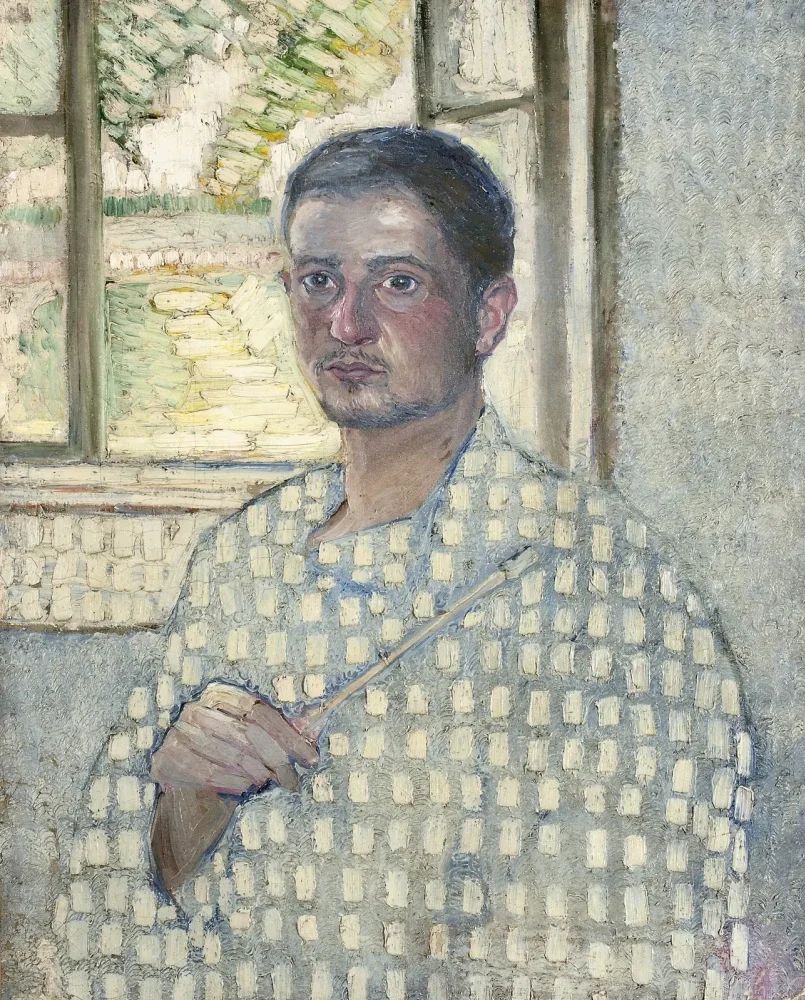
Self-portrait with a brush. Vladimir Baranov-Rossino, 1907
This article by Nadiia Avramchuk and Mykola Sukhomozsky is reprinted with the publisher's permission from the book (UN)Celebrated Ukrainians Who Changed the Course of History, SAMIT-KNYHA, Kyiv, 2020.
JOIN US ON TELEGRAM
Follow our coverage of the war on the @Kyivpost_official.
You can also highlight the text and press Ctrl + Enter


